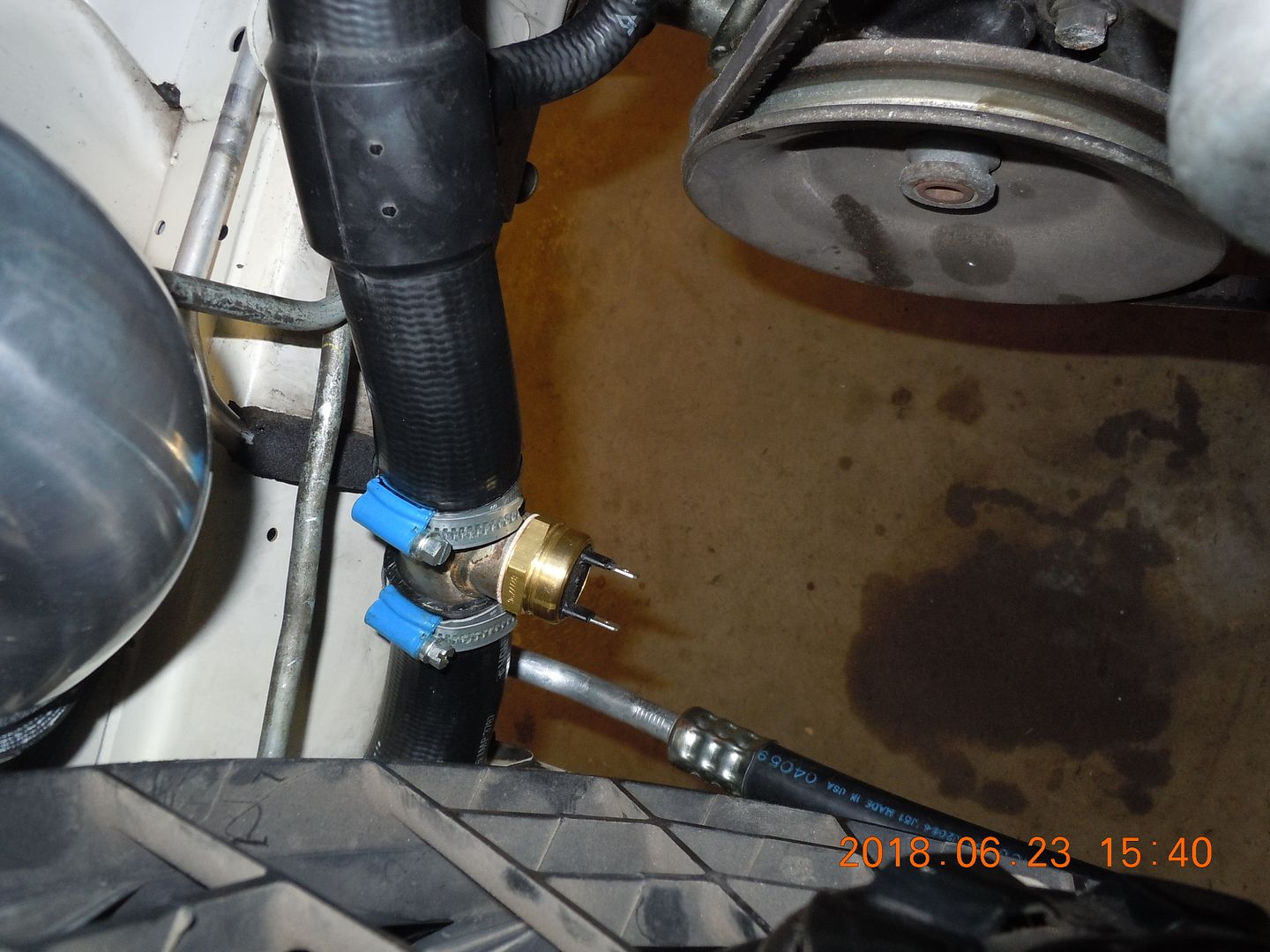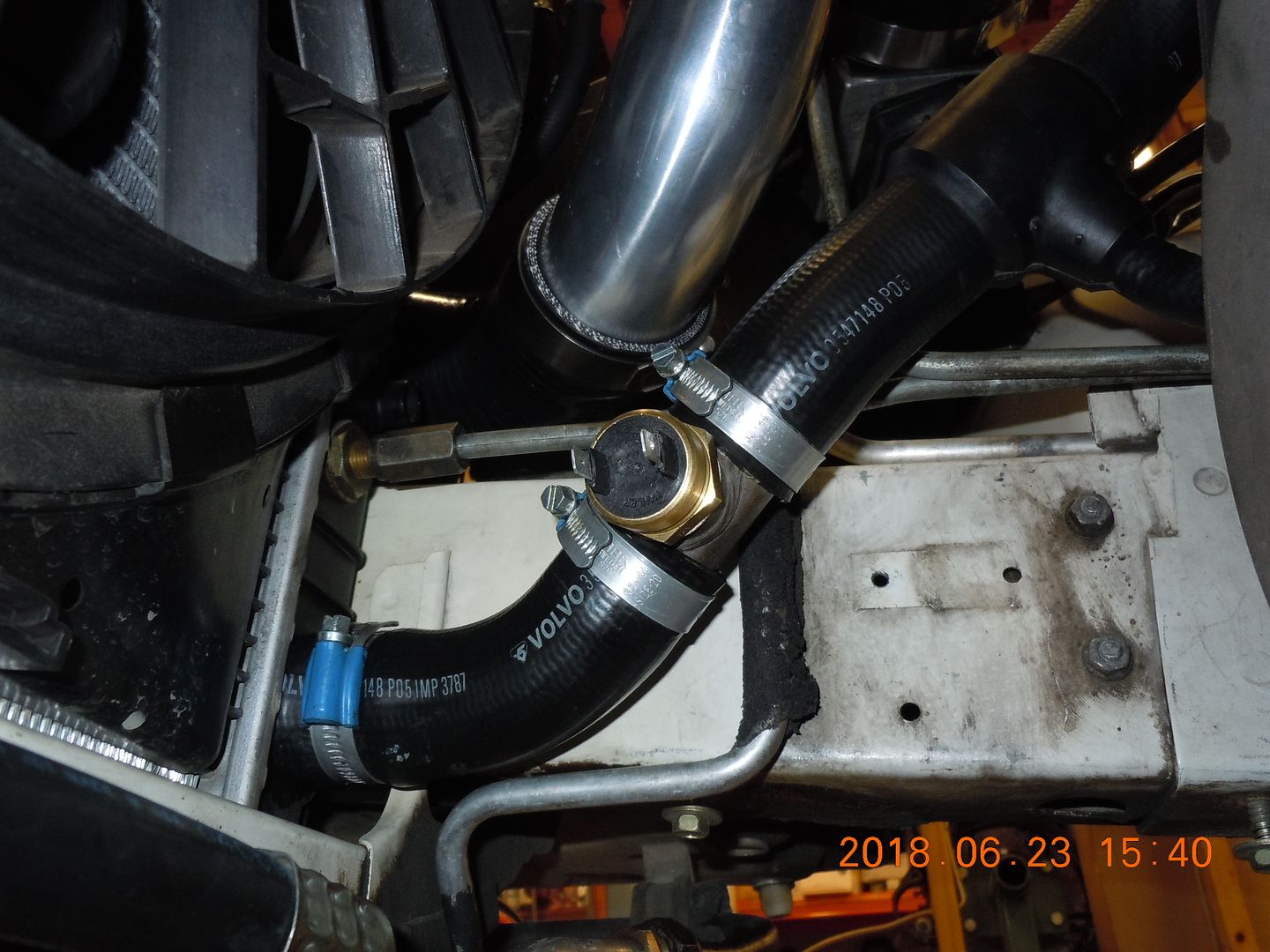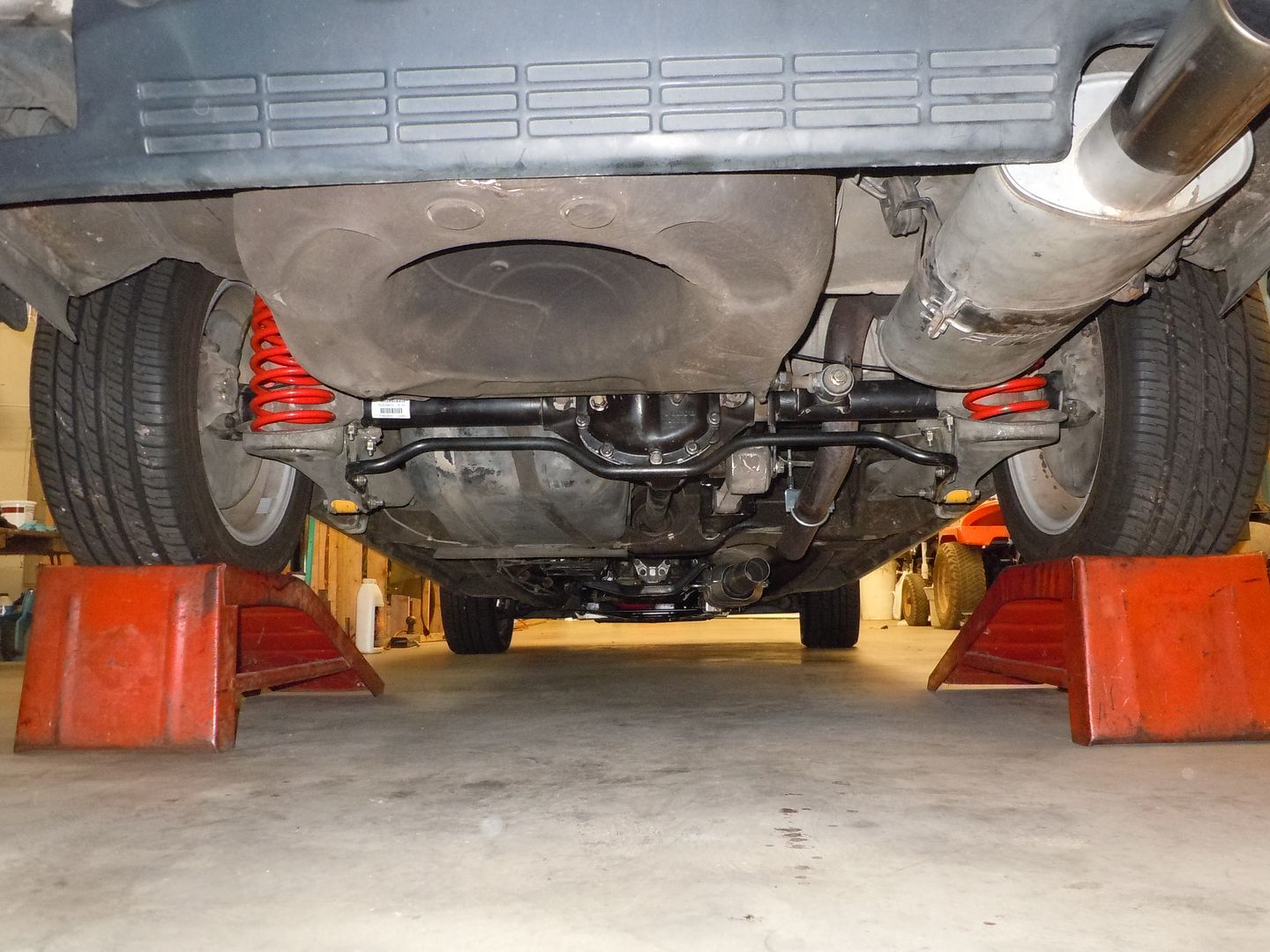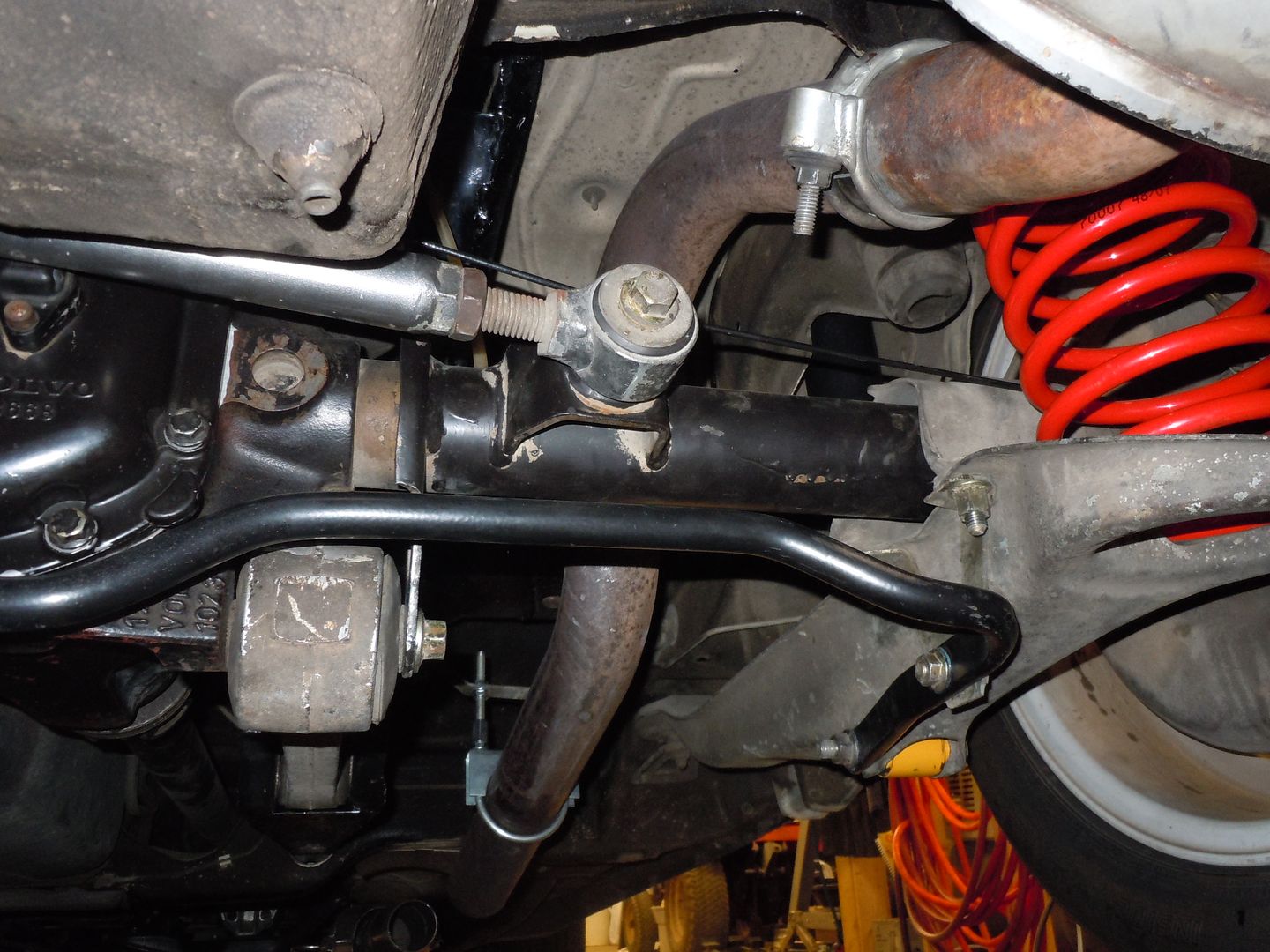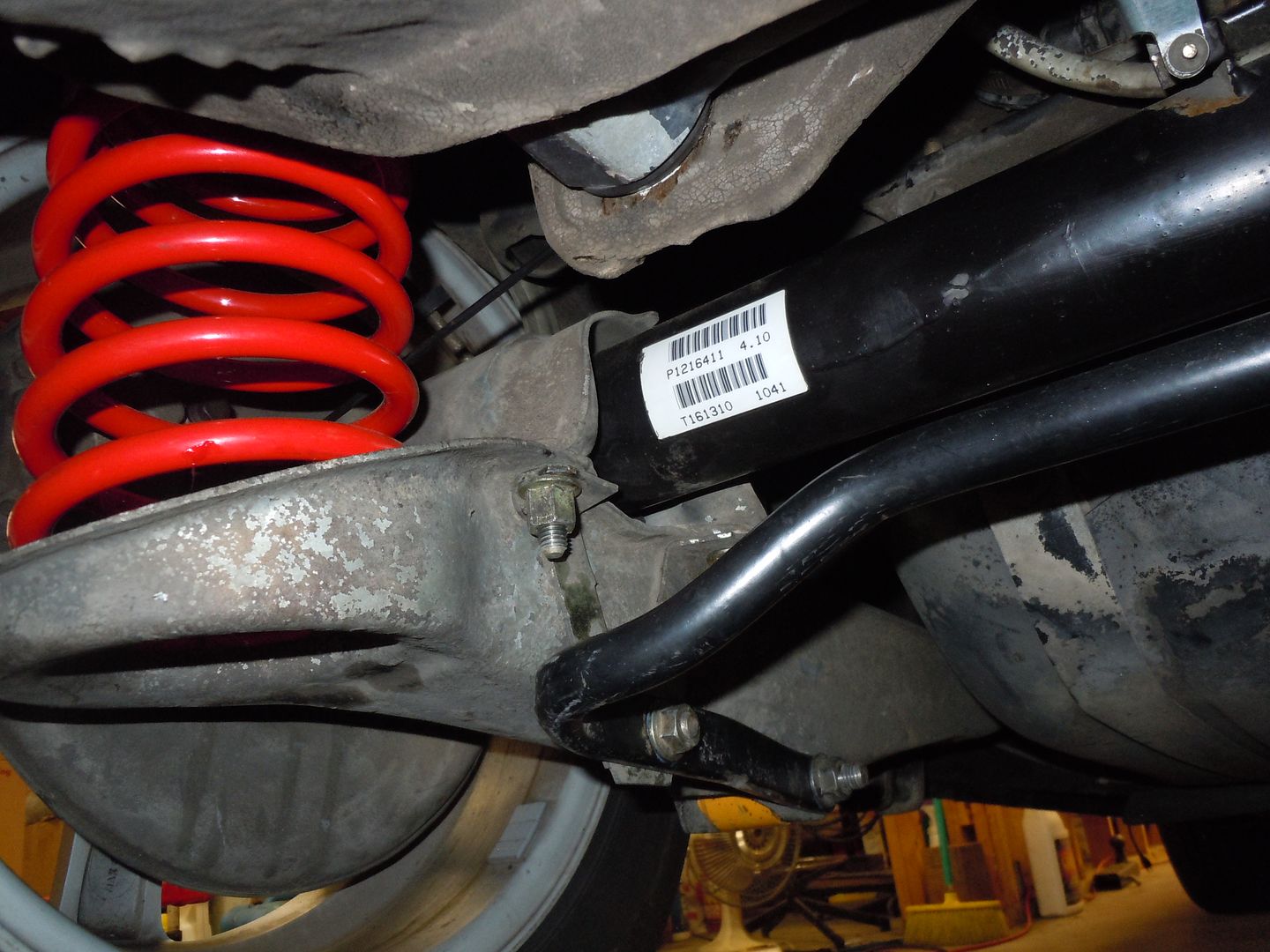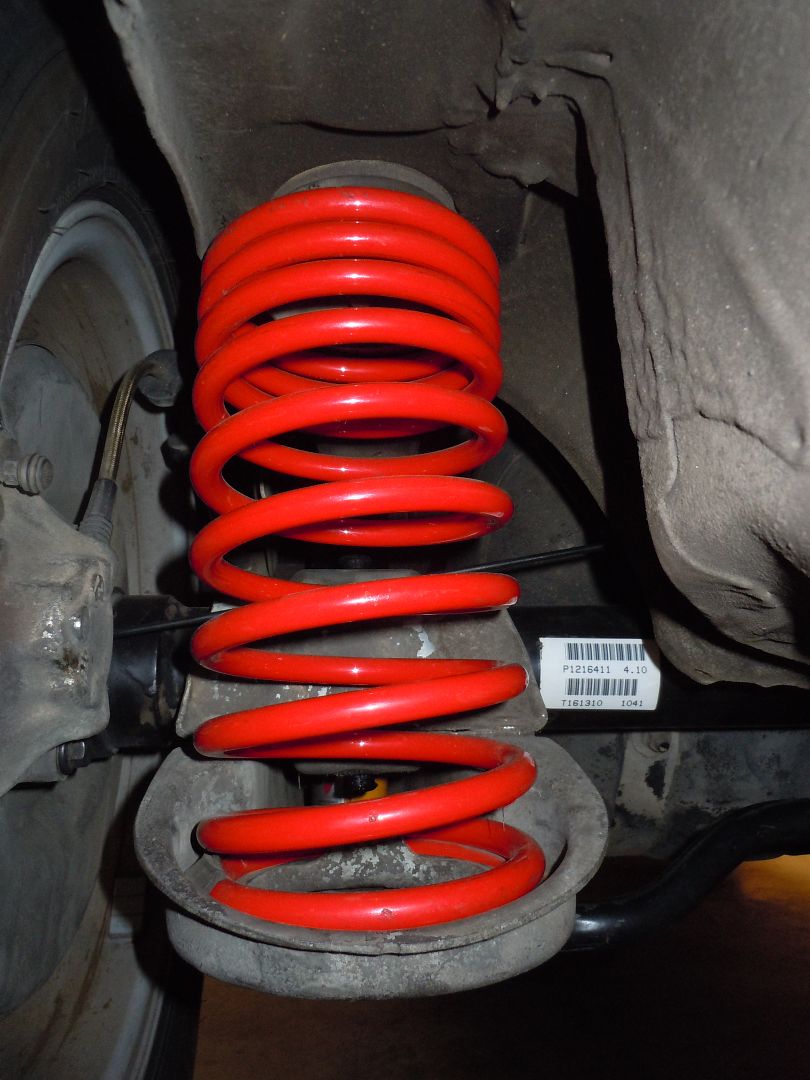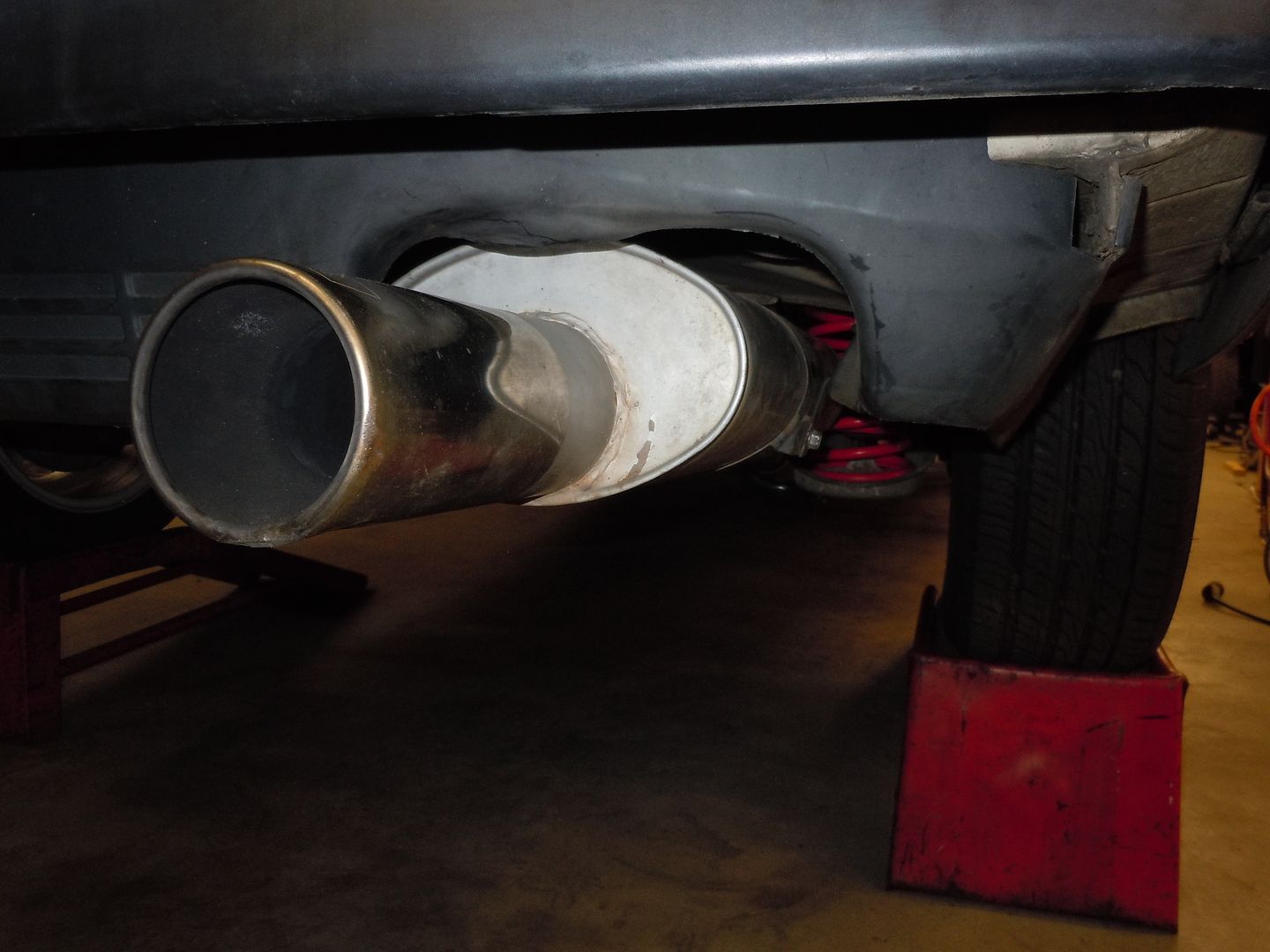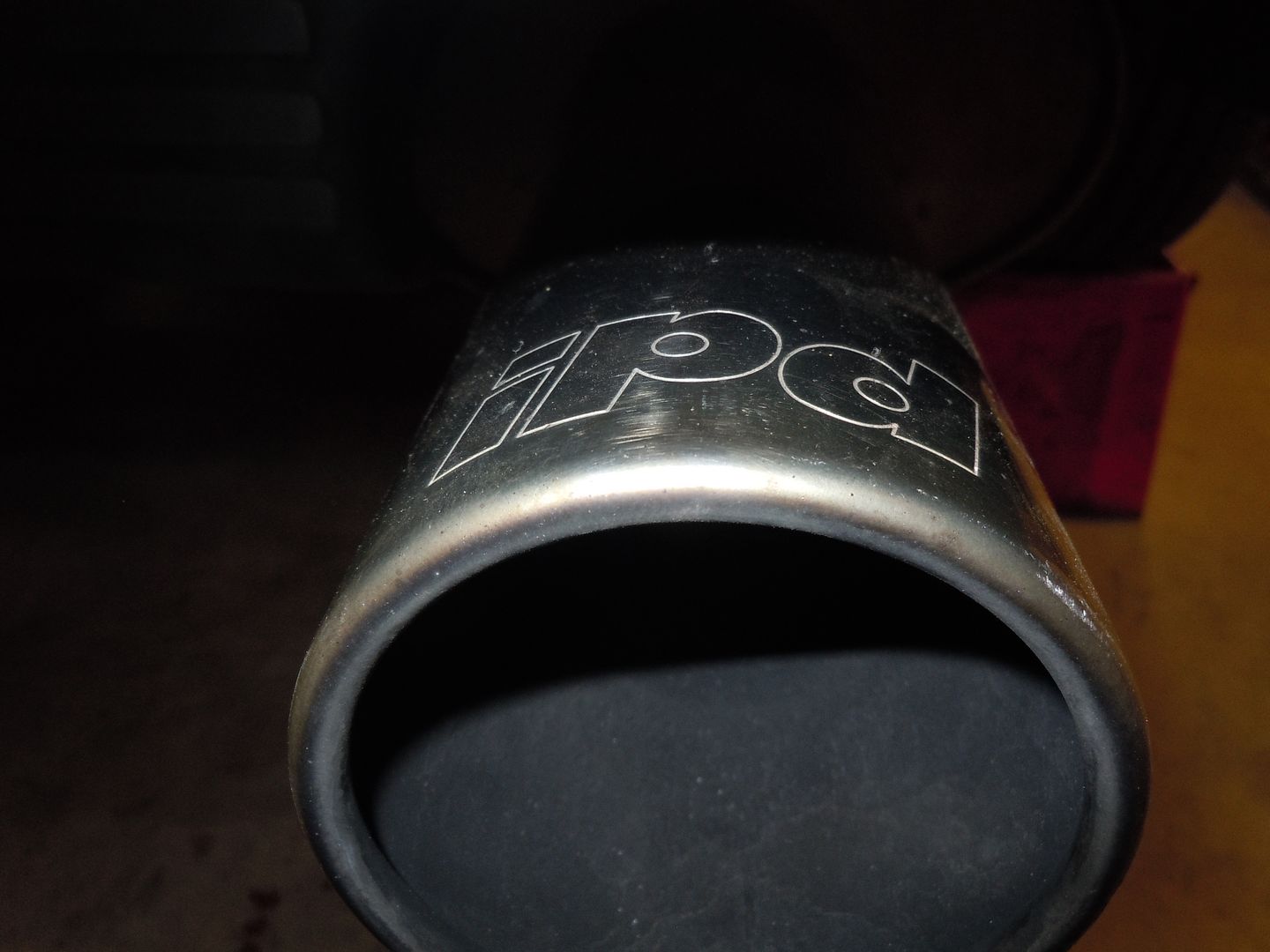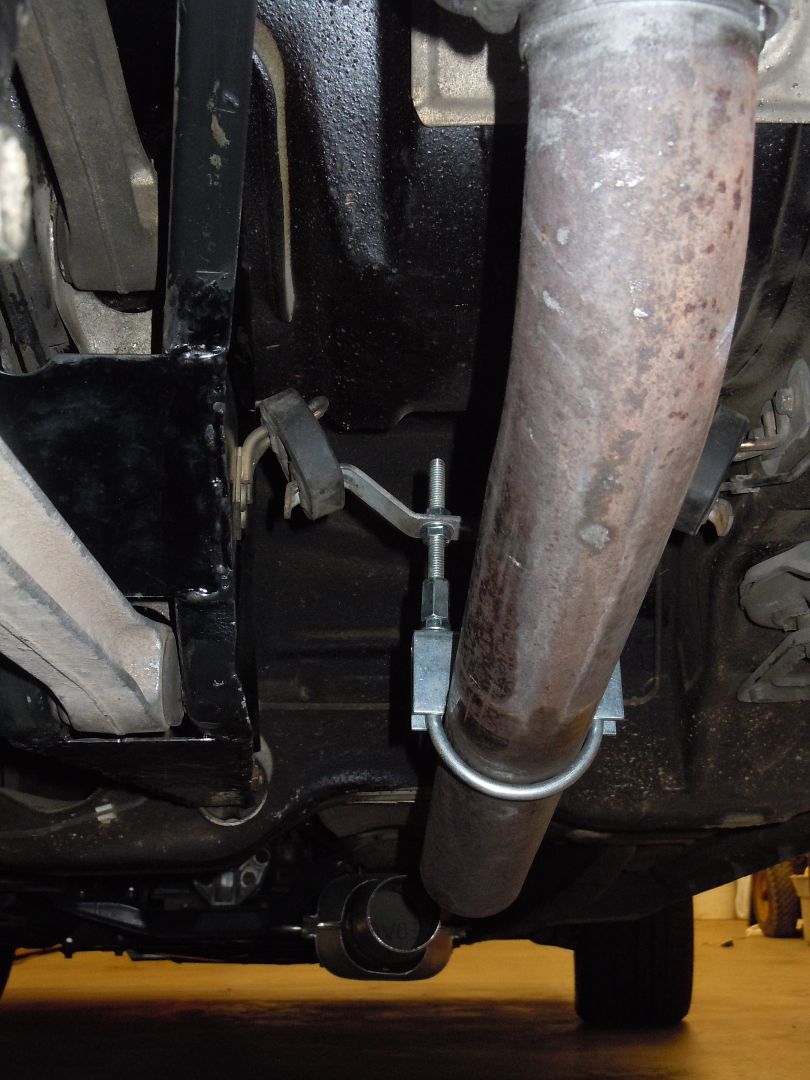DET17
Reformed SAABaholic
- Joined
- Nov 1, 2009
- Location
- NW Georgia
do88.se big pipes and hose kit install
As promised, the long awaited do88 3" pipes and the associated reinforced hoses for high pressure boost! The drivers/intake "cold side" charge pipe:
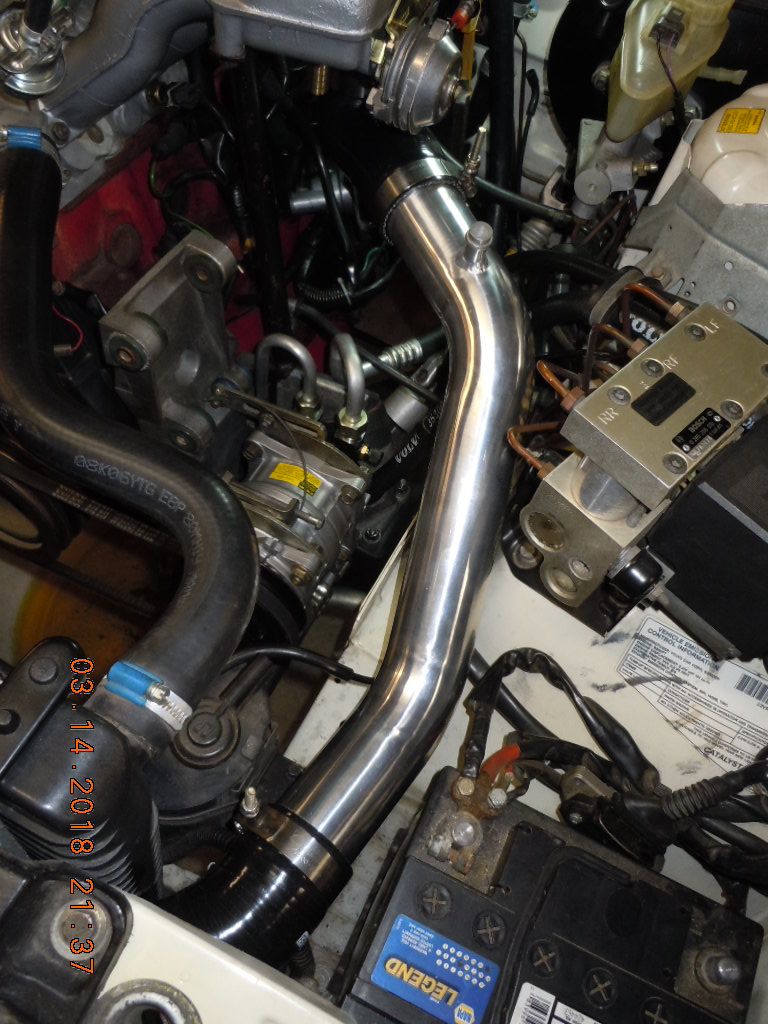
To gain some clearance beneath the intake for the IAC system (yet to come) I opted for the "cobra head" 90* hose from the charge pipe to the throttle body. Here a couple views... a nice piece:
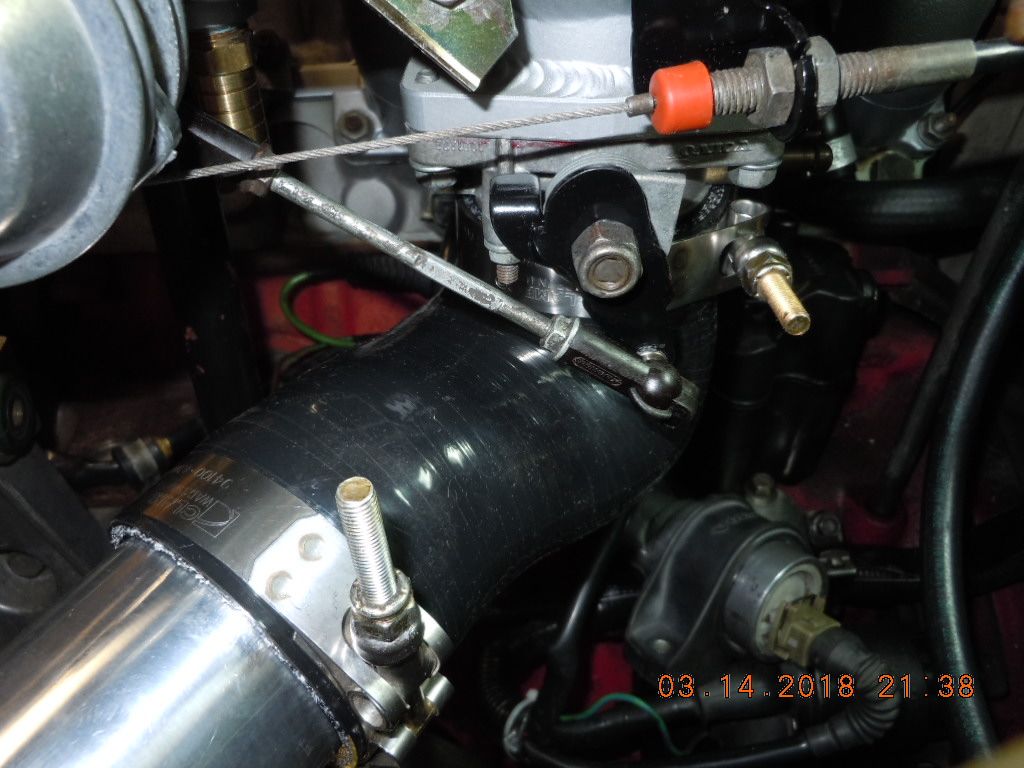
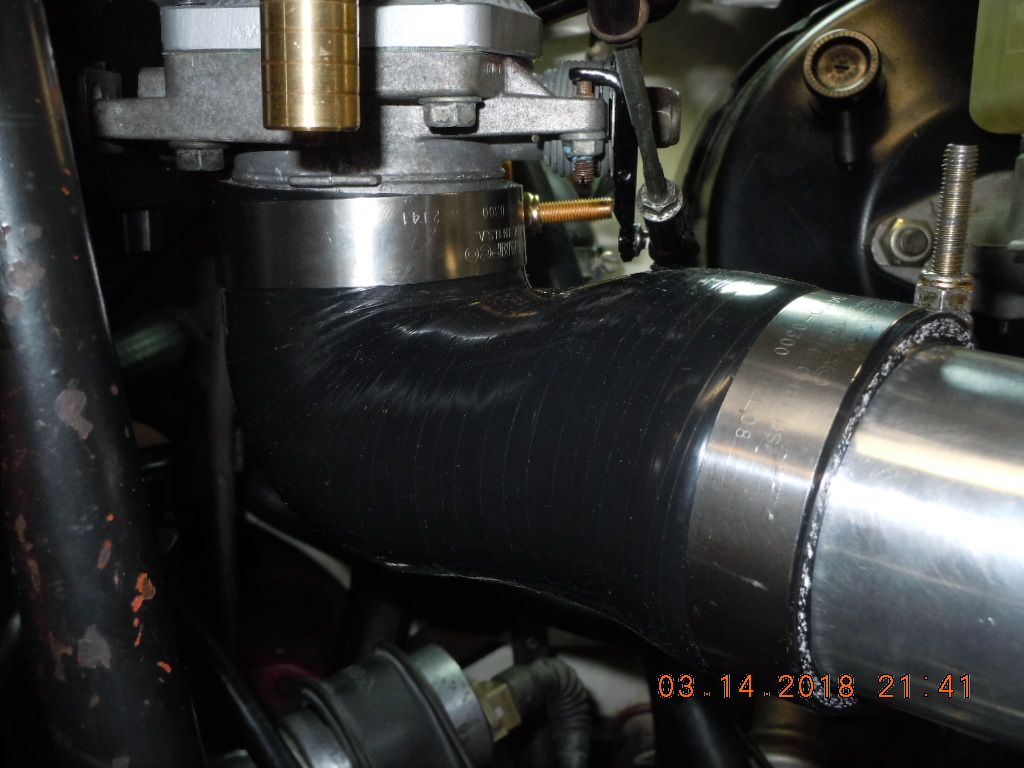
CLAMPCO T-bolt band clamps all around on the intake side; of course they require a bunch of different diameters. I was fortunate to find an eBay vendor that sold various diameters by the piece.
Jumping to the HOT side charge pipe:

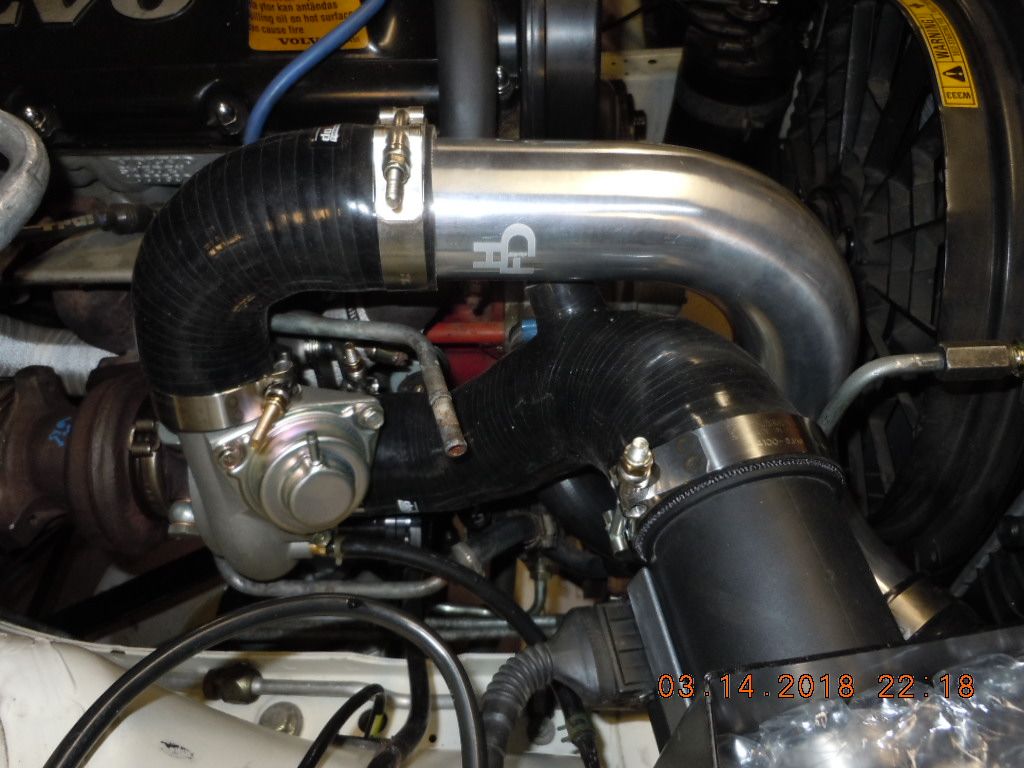
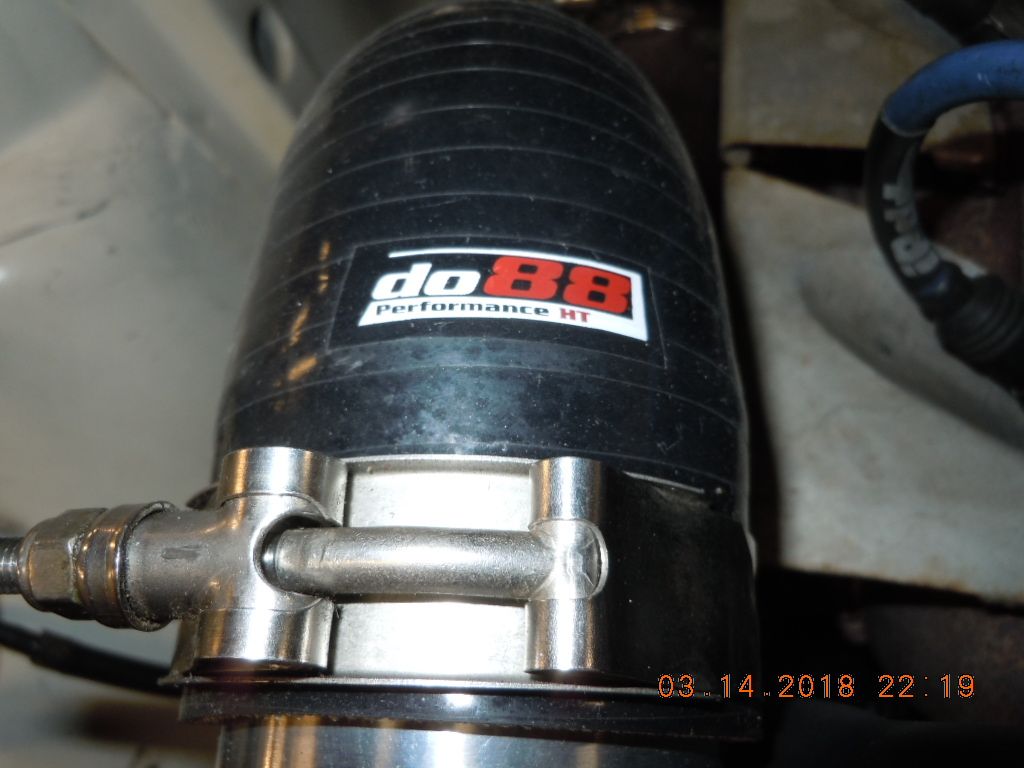
There was just one sticky spot..... landing the hot side pipe to the do88 big intercooler. As you can see, on the exhaust side of the car, there simply isn't room for a CLAMPCO T-bolt band clamp with T-bolt oriented vertical. My initial solution is this, back to back ABA Sweden hose clamps synched up tight:
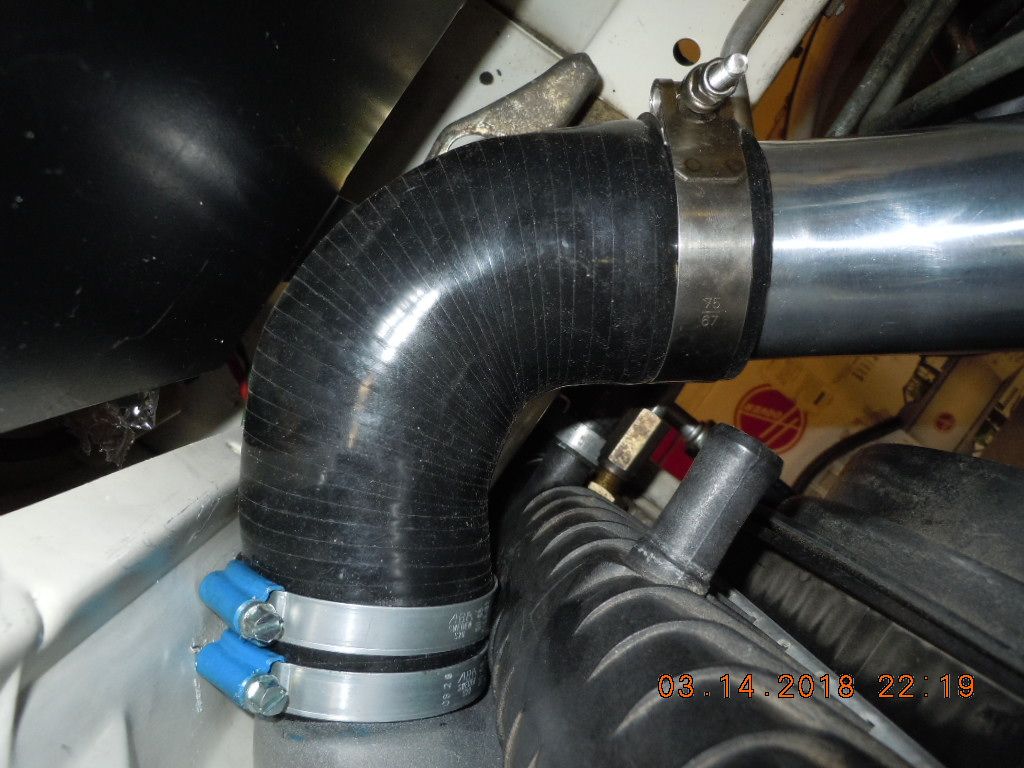
I'll flip those on the final install so they nest tightly together. If my ~18 or so PSI causes this connection to blow off, I'll have to drill an access hole in my front core support (and remove a headlight to access) and then use theCLAMPCO T-bolt clamp I have, installed horizontally at 12 o'clock. But no more sheet metal surgery at this time..... will use this method until the wet testing begins and either confirms function or fails.
I strongly recommend this do88 FMIC and the associated "big pipes" kit. From what I read, this is simply one of the very best improvements that a street driven turbocharged engine can receive.... right there with a true 3" exhaust system.
As promised, the long awaited do88 3" pipes and the associated reinforced hoses for high pressure boost! The drivers/intake "cold side" charge pipe:

To gain some clearance beneath the intake for the IAC system (yet to come) I opted for the "cobra head" 90* hose from the charge pipe to the throttle body. Here a couple views... a nice piece:


CLAMPCO T-bolt band clamps all around on the intake side; of course they require a bunch of different diameters. I was fortunate to find an eBay vendor that sold various diameters by the piece.
Jumping to the HOT side charge pipe:



There was just one sticky spot..... landing the hot side pipe to the do88 big intercooler. As you can see, on the exhaust side of the car, there simply isn't room for a CLAMPCO T-bolt band clamp with T-bolt oriented vertical. My initial solution is this, back to back ABA Sweden hose clamps synched up tight:

I'll flip those on the final install so they nest tightly together. If my ~18 or so PSI causes this connection to blow off, I'll have to drill an access hole in my front core support (and remove a headlight to access) and then use theCLAMPCO T-bolt clamp I have, installed horizontally at 12 o'clock. But no more sheet metal surgery at this time..... will use this method until the wet testing begins and either confirms function or fails.
I strongly recommend this do88 FMIC and the associated "big pipes" kit. From what I read, this is simply one of the very best improvements that a street driven turbocharged engine can receive.... right there with a true 3" exhaust system.

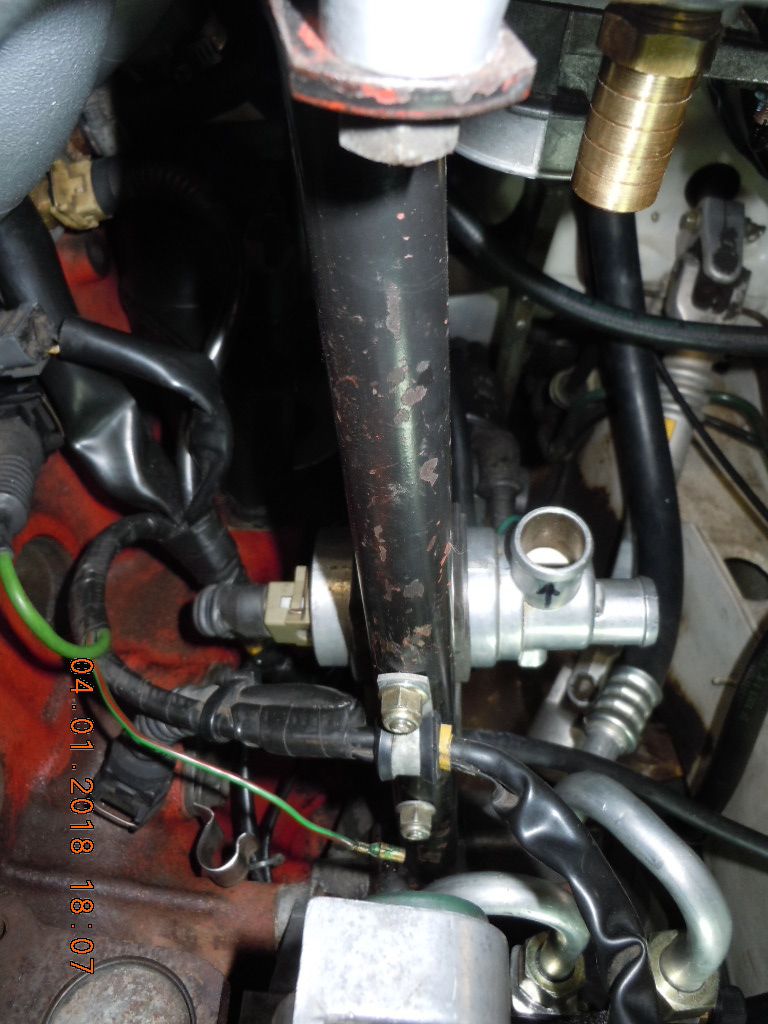
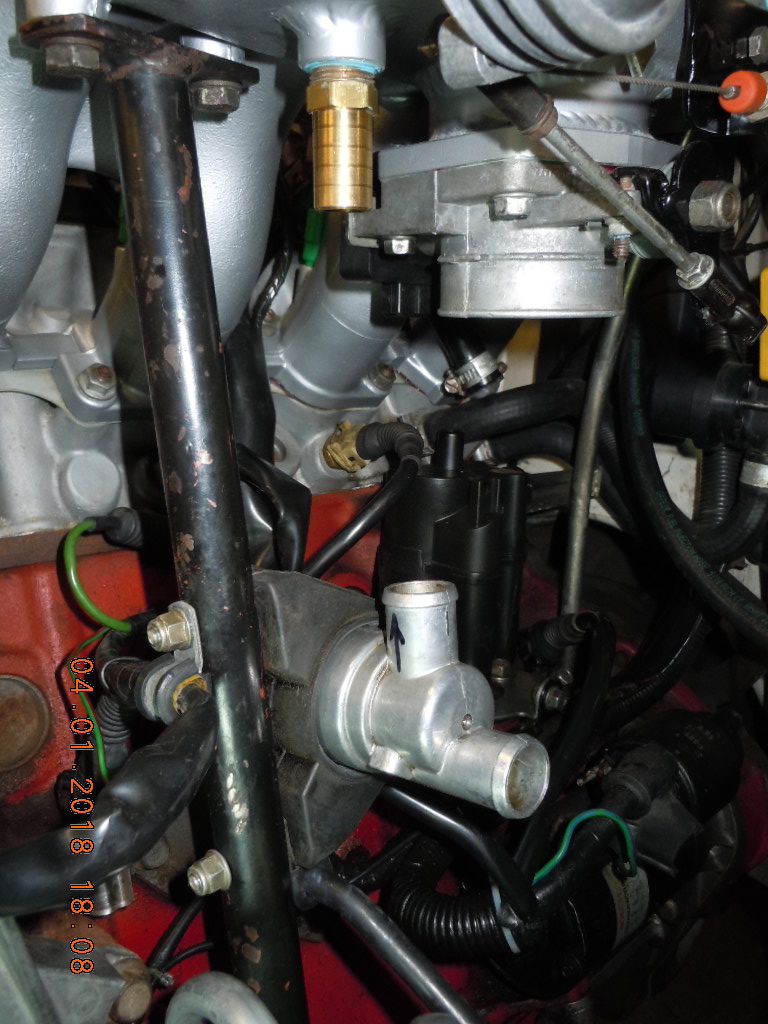
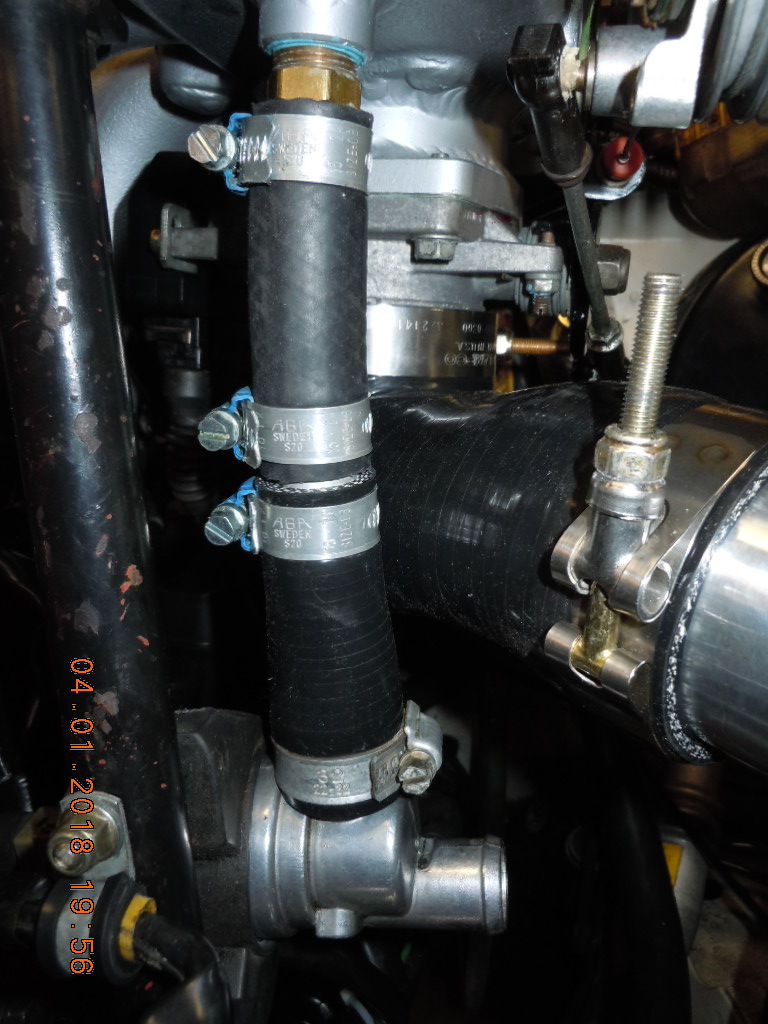
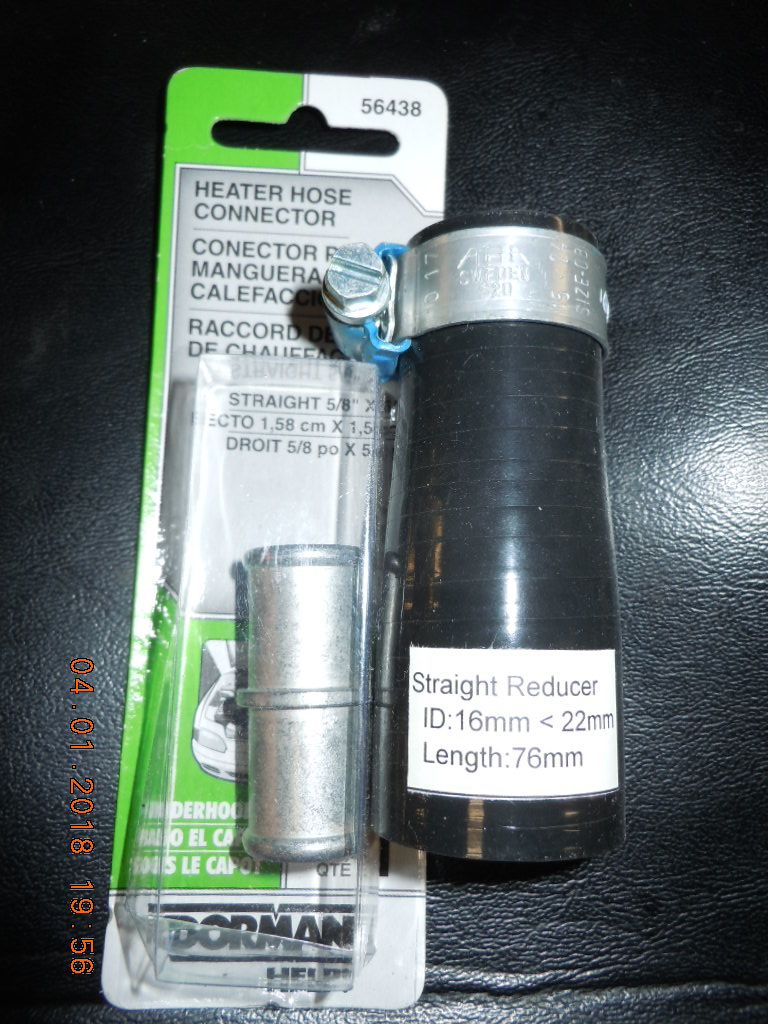
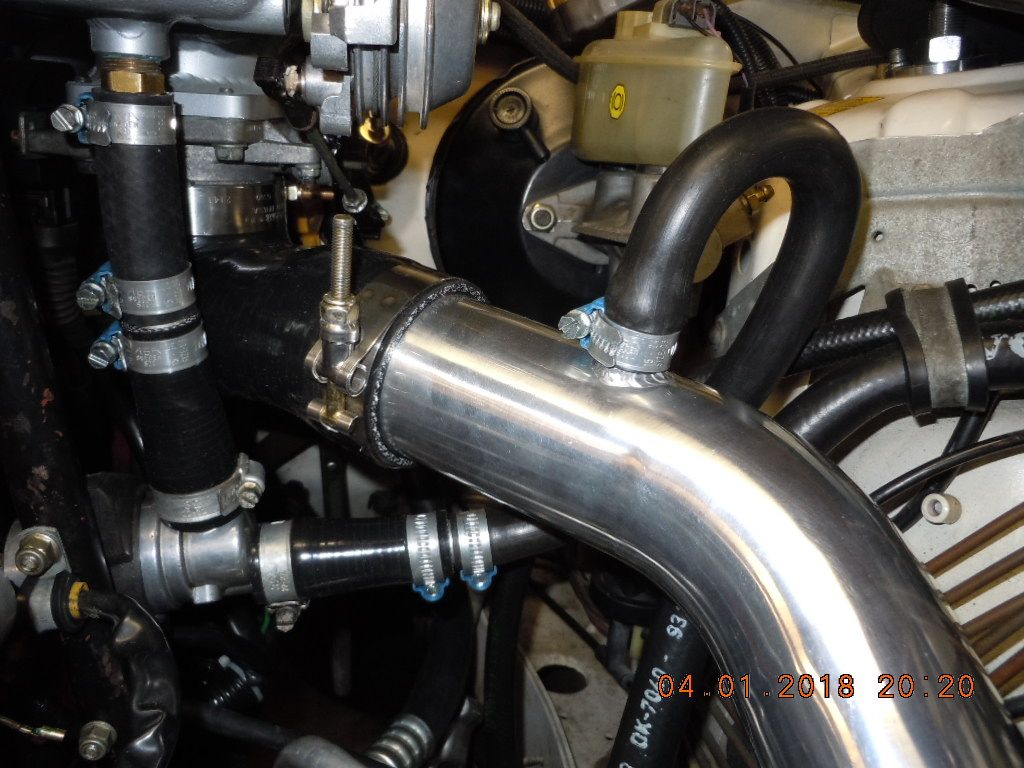
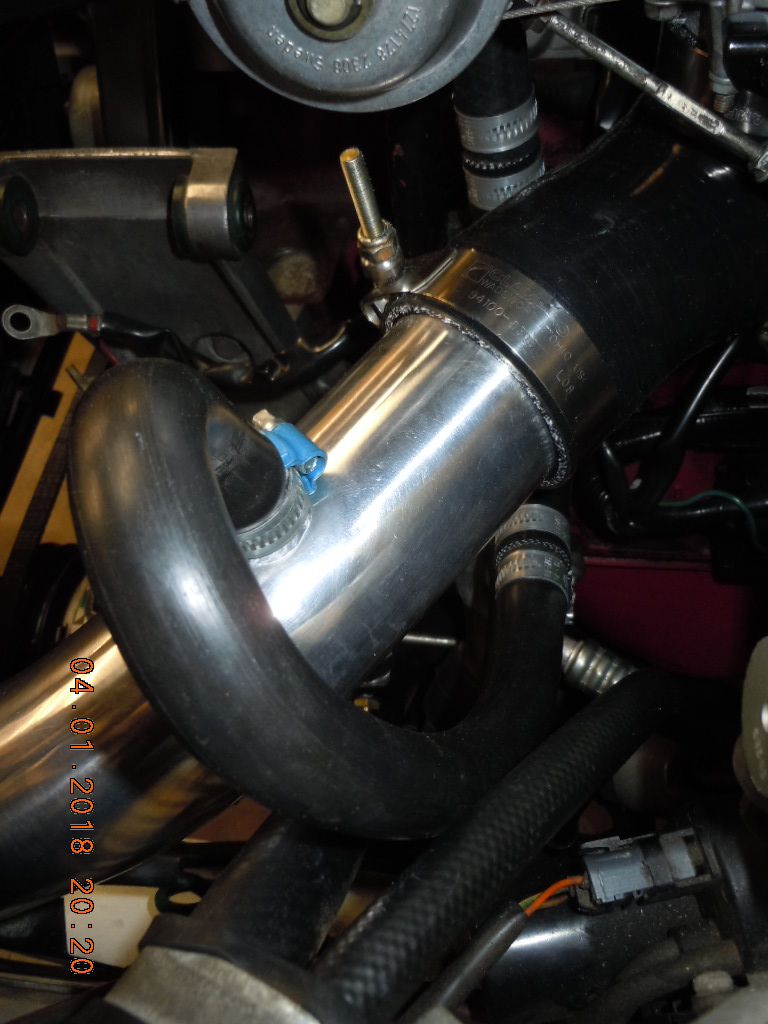
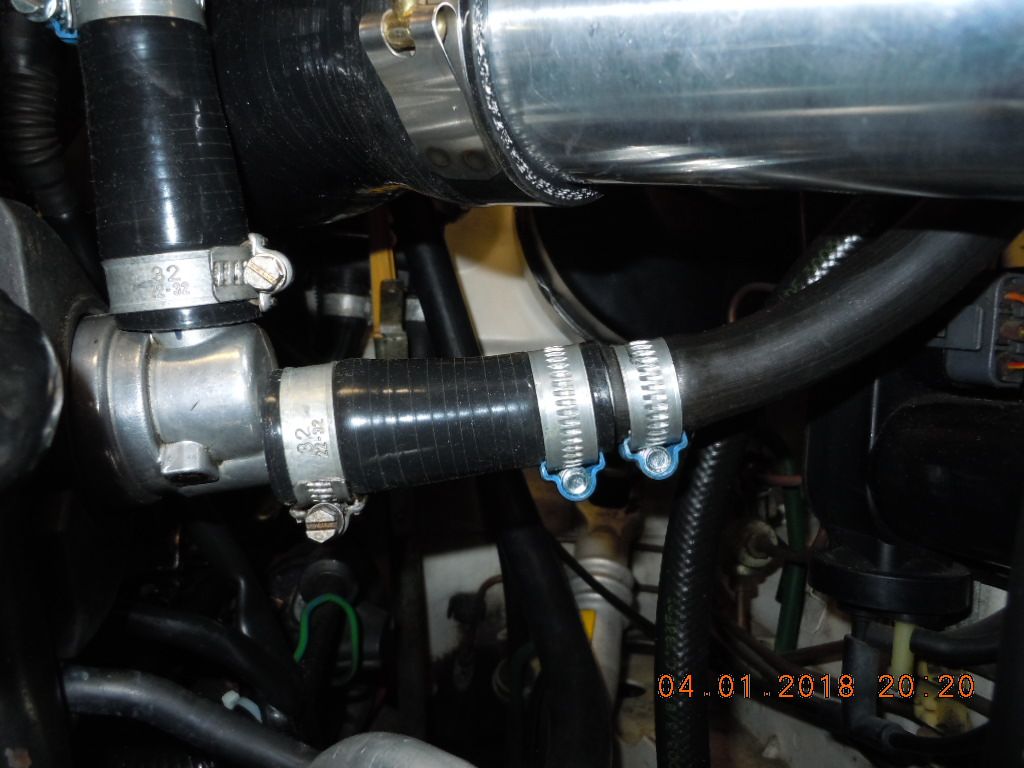

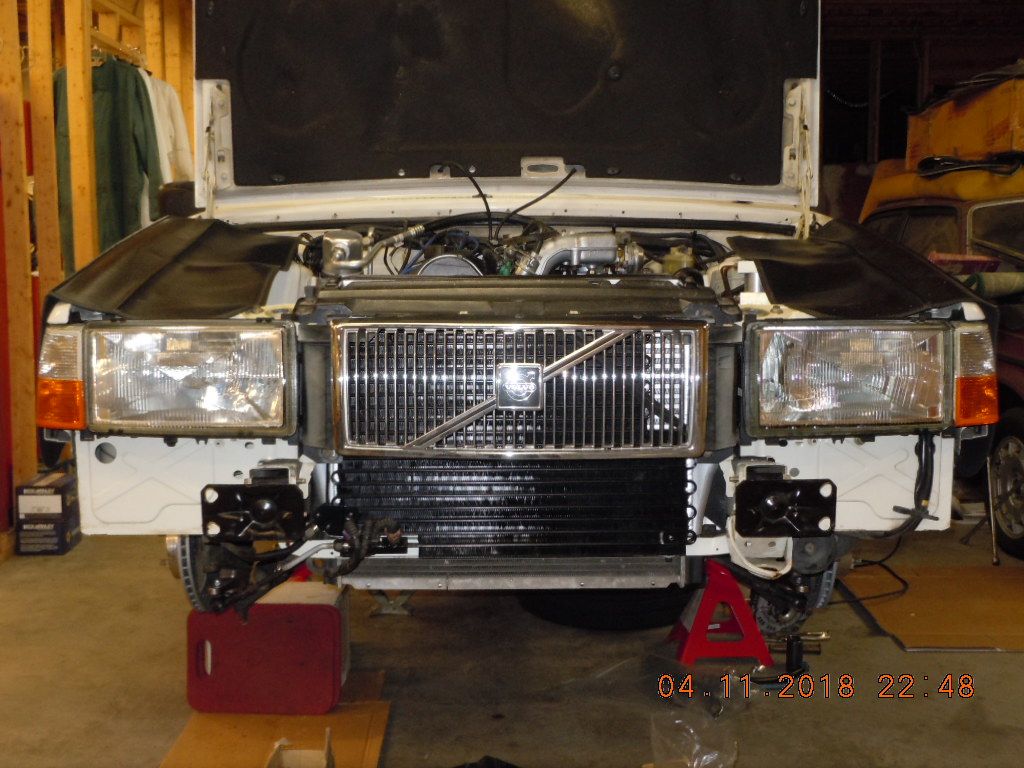
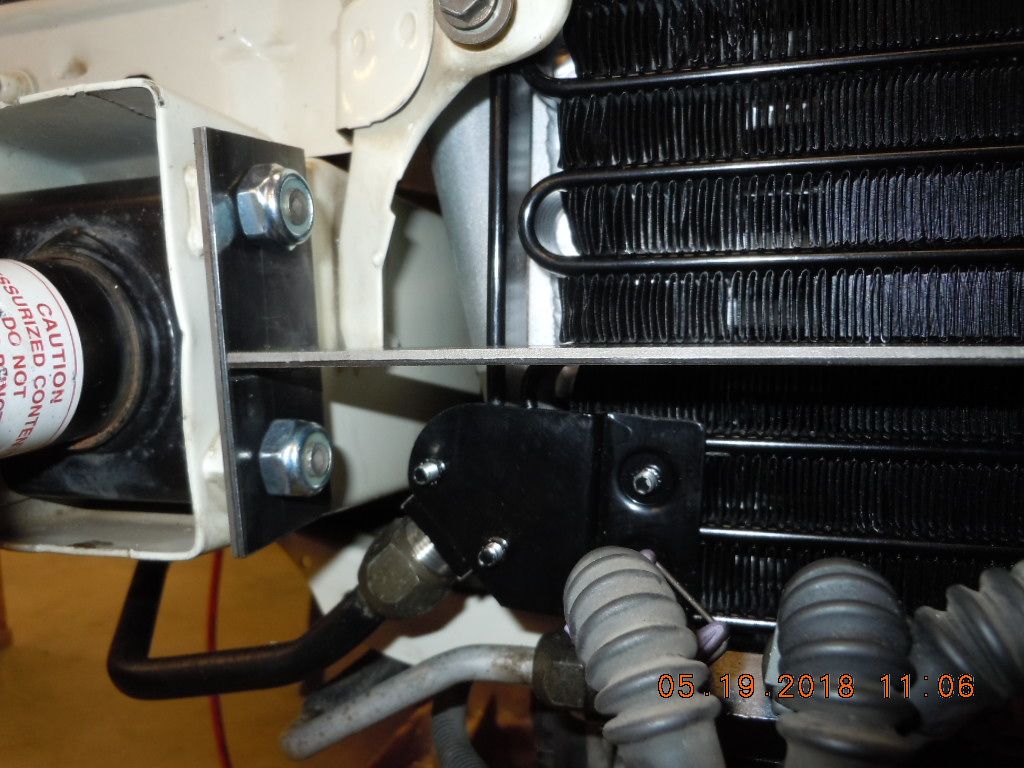


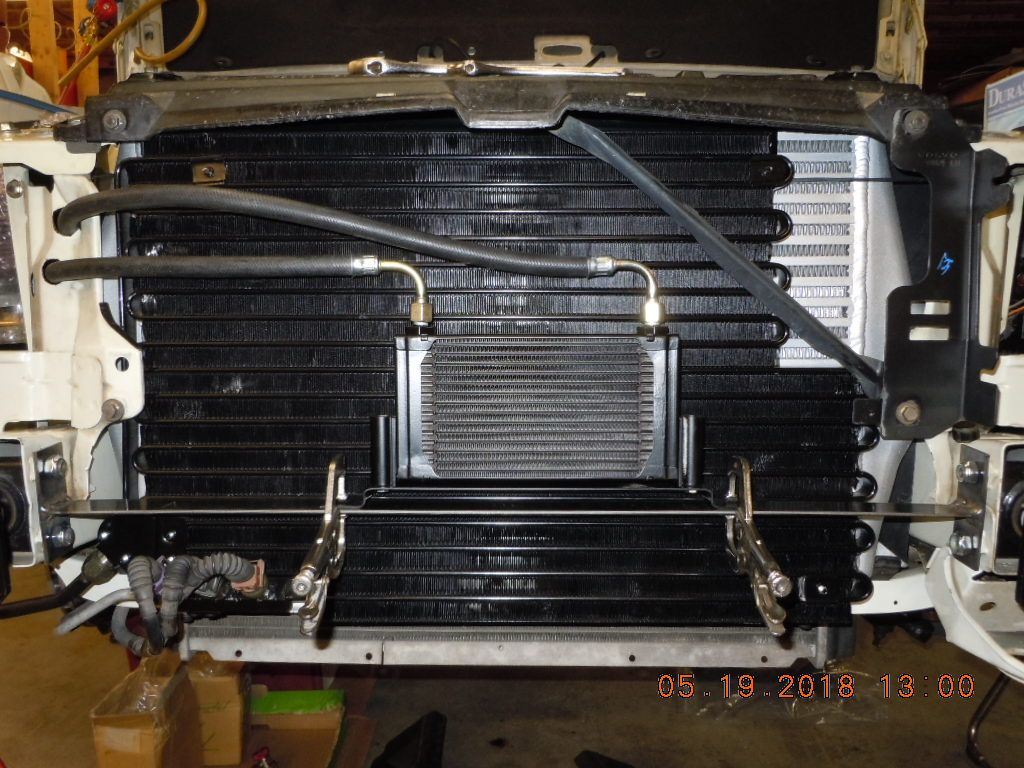

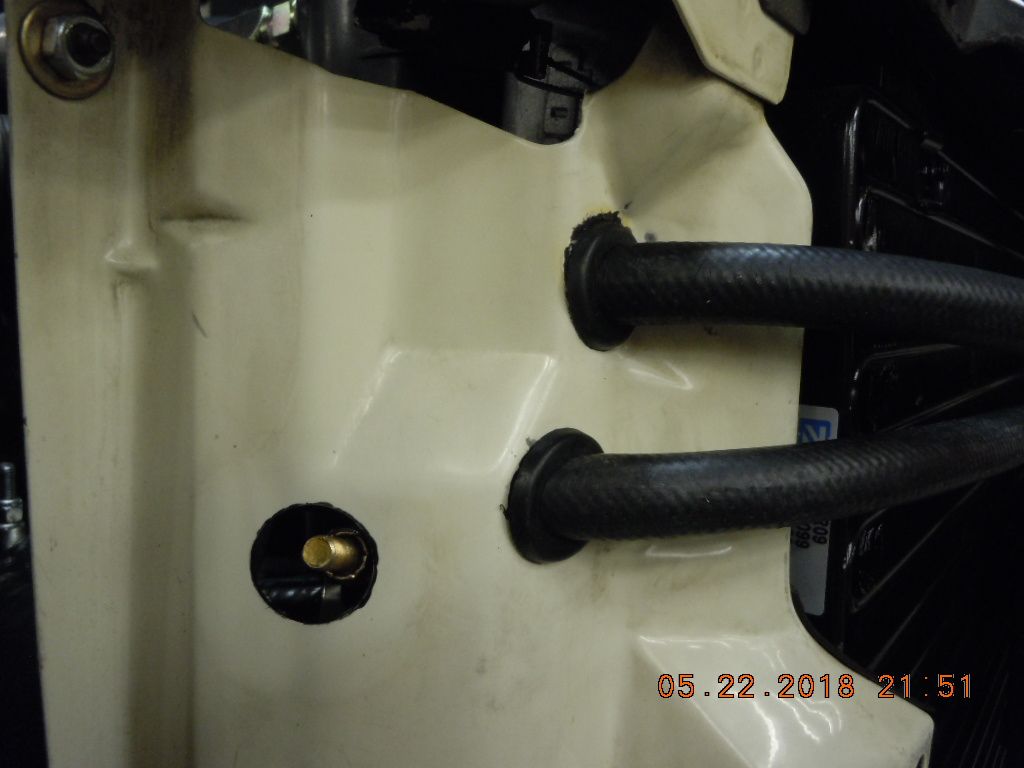
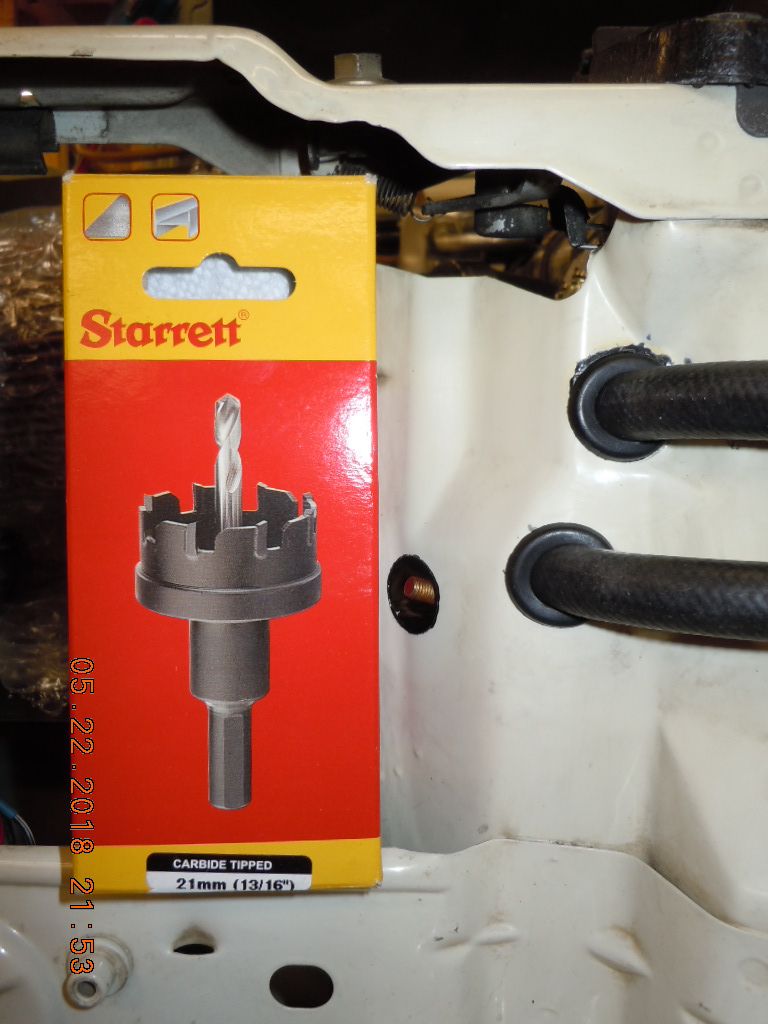
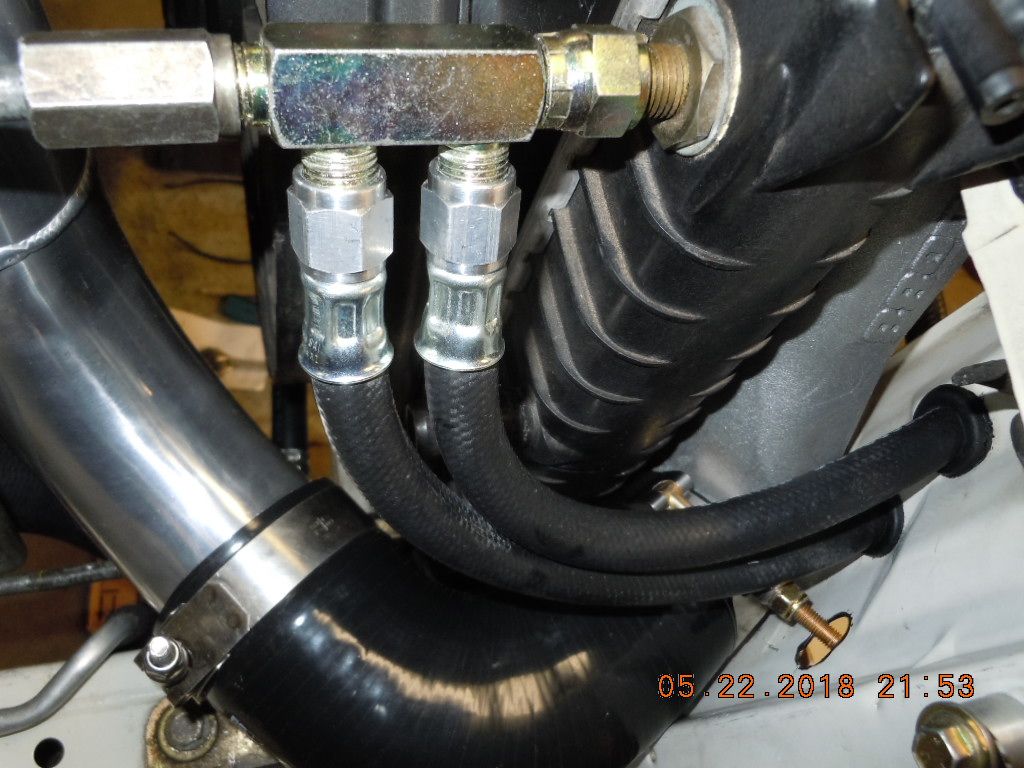
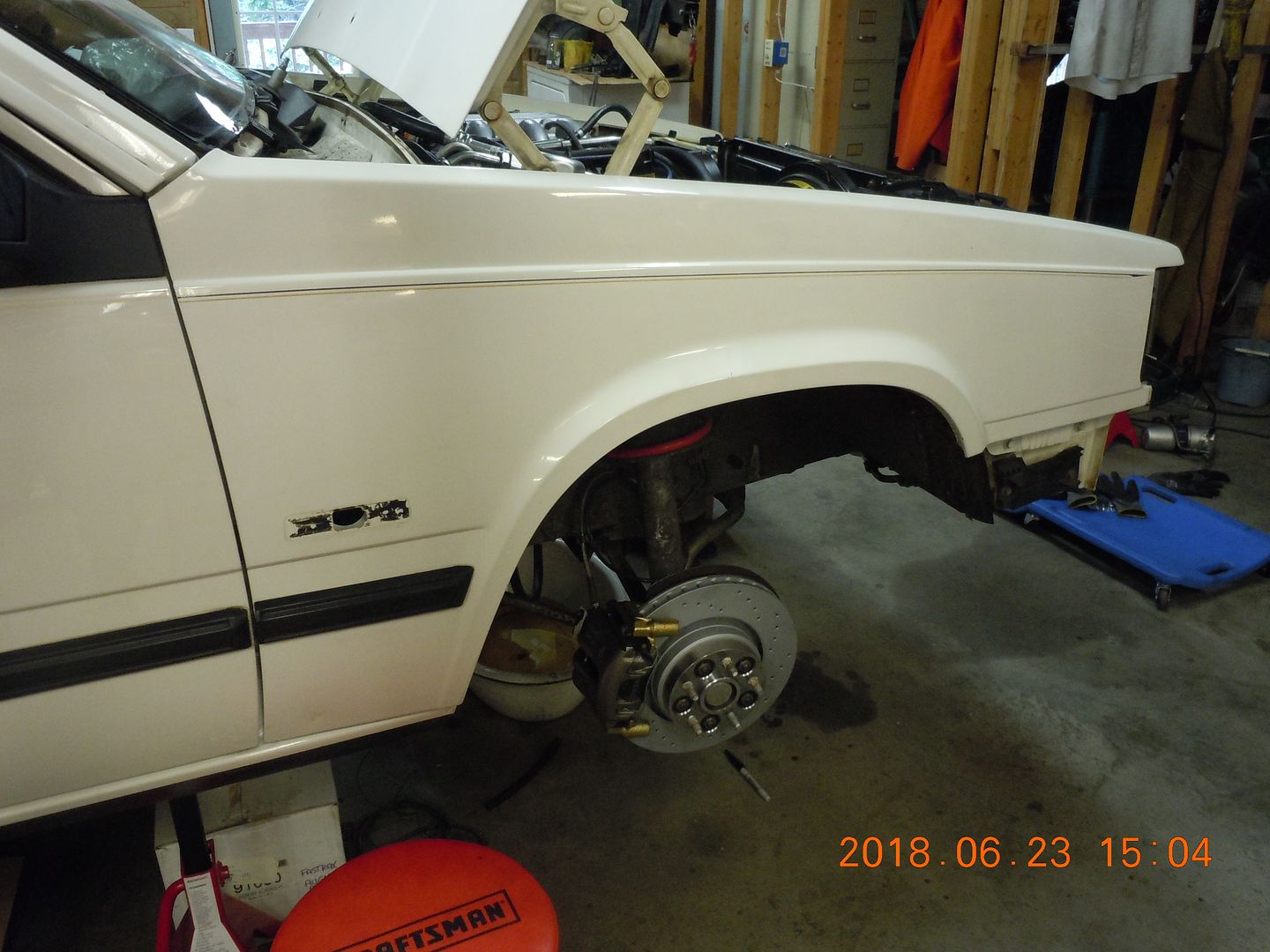
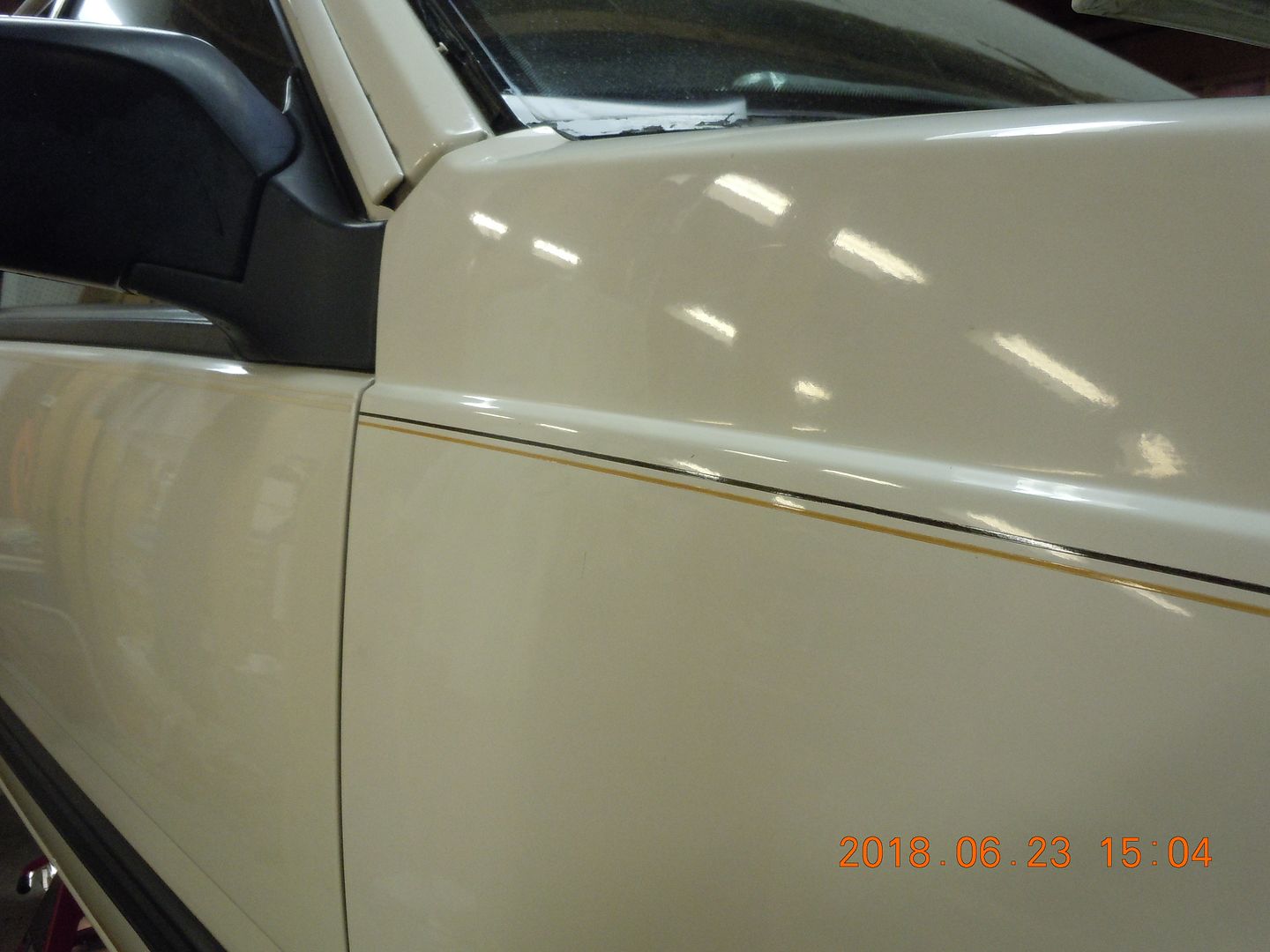
 so an eBAY replacement was sourced. I'm going to prewire but just leave the lights off until after the paint is complete; they simply plug into the harness and snap into the fender.
so an eBAY replacement was sourced. I'm going to prewire but just leave the lights off until after the paint is complete; they simply plug into the harness and snap into the fender.